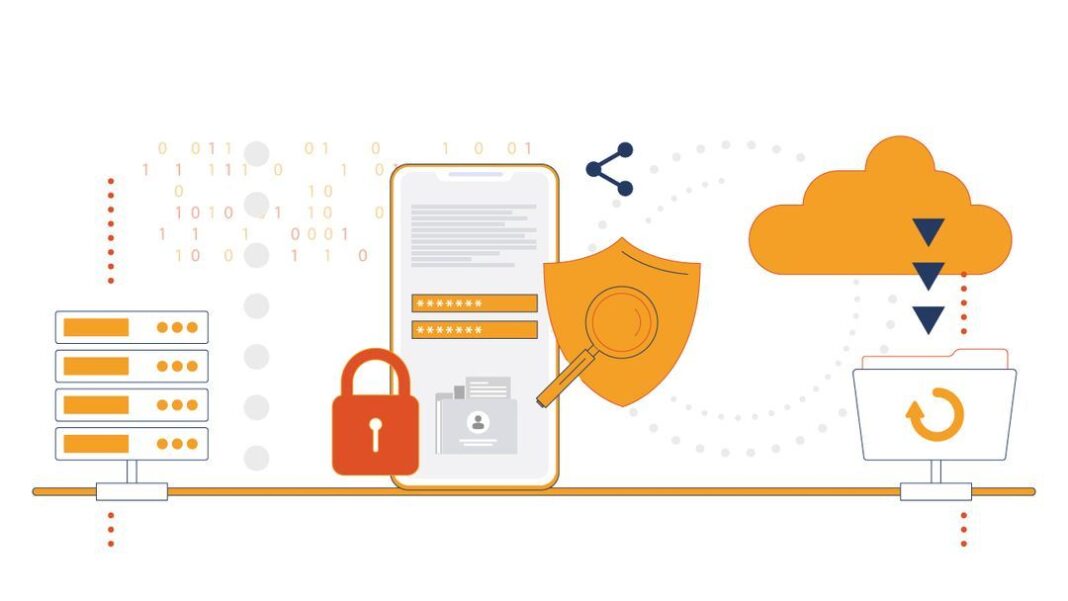Introduction to Mobile App Security
In today’s fast-paced digital world, mobile applications have seamlessly integrated into our daily routines, driving everything from communication and social networking to essential services like banking and healthcare. These apps offer convenience and connectivity but also have an inherent risk of security threats. This has made mobile app security testing a cornerstone in ensuring applications are robust against possible breaches. As cyber-attacks become more sophisticated, developers and businesses must implement rigorous security measures that protect sensitive user data and maintain the integrity and trustworthiness of the app.
Understanding the Threat Landscape
The variety and sophistication of cyber threats targeting mobile applications are growing alarmingly. According to a report, cybercriminals are increasingly focusing on mobile apps, taking advantage of inherent vulnerabilities and user behaviors. These attacks can range from data theft and unauthorized access to malware distribution and financial fraud, posing substantial risks to users and developers. As apps store more sensitive data, understanding the threat landscape becomes crucial. By staying informed about prevalent threats, developers can craft counteractive strategies from the application’s inception, ensuring that security protocols are reactive and preventative.
Key Components of Security Testing
Mobile app security testing is a multi-faceted process encompassing several critical components, each serving a unique purpose in building a secure environment for app users. The main components include:
- Risk Assessment:This foundational step involves evaluating the app’s risk profile by identifying potential threats and their impact on users and businesses. Risk assessment forms the backbone of the security strategy, helping prioritize vulnerabilities based on their severity and potential impact and ensuring that resources are allocated effectively to mitigate the most significant risks.
- Code Review:During this stage, the application’s source code is meticulously analyzed to detect security flaws and coding errors that could be exploited by attackers. A thorough code review ensures that vulnerabilities are caught early, minimizing the chance of exploitation. This step is vital in maintaining the app’s integrity and building a robust foundation for further security measures.
- Penetration Testing:Conducting simulated cyber-attacks to uncover exploitable weaknesses provides valuable insights into the app’s security posture. Penetration testing is crucial for understanding the application’s defense capabilities against real-world threats, allowing developers to build stronger, more resilient security frameworks.
By combining these components, developers can create a comprehensive security strategy that addresses existing vulnerabilities and is agile enough to adapt to new threats, ensuring long-term security and user trust.
Benefits of Security Testing
Conducting comprehensive security testing provides numerous benefits that extend beyond the immediate security of the application. Primarily, it safeguards sensitive user data, fostering trust and confidence among users. In an era where data breaches and privacy concerns are headline news, maintaining this trust is pivotal in securing a strong user base and achieving long-term success. Additionally, security testing helps prevent financial losses associated with data breaches. As highlighted by TechCrunch, the average cost of a data breach can reach astronomical figures, leading to significant financial repercussions for businesses. Proactive security testing allows companies to avoid these costs, preserve financial resources, and protect their brand reputations from a publicized breach’s damaging effects.
Regulatory Compliance
In addition to building trust and financial security, security testing is vital for regulatory compliance. Many industries enforce strict data protection regulations, such as the General Data Protection Regulation (GDPR) in Europe and the California Consumer Privacy Act (CCPA) in the United States. Non-compliance with these regulations can result in severe penalties and legal repercussions, harming a company’s operations. Implementing comprehensive security testing protocols demonstrates an organization’s commitment to data protection and regulatory adherence, mitigating potential legal risks and fortifying the company’s reputation as a trustworthy custodian of user data.
Continuous Evolution of Security Practices
The ever-evolving nature of the mobile app ecosystem necessitates a proactive and continuous approach to security testing. As new features, updates, and integrations are introduced, the possibility of new vulnerabilities arises. Security protocols must adapt and evolve to meet these challenges, ensuring ongoing protection. This dynamic environment requires continuous vigilance, with regular updates and reviews of security measures to prevent the exploitation of emerging vulnerabilities. By maintaining an agile security strategy, businesses can avoid threats and provide safe, secure user experiences.
Real-World Examples and Best Practices
The importance of security testing is further underscored by real-world examples of successful data breaches, highlighting the severe consequences of inadequate security measures. Analyzing past breaches provides valuable insights into common pitfalls and vulnerabilities that can compromise security. By adopting industry best practices and learning from these examples, businesses can fortify their security protocols and enhance the overall effectiveness of their protective measures. This proactive approach safeguards against potential threats and contributes to developing a robust and resilient security framework that can withstand the evolving landscape of cyber threats.
Conclusion
In conclusion, mobile app security testing is indispensable in today’s cyber environment. By implementing comprehensive testing processes, businesses can safeguard user data, protect their reputations, and maintain trustworthiness in a competitive market. Embracing security as a continuous practice rather than a checklist item is the key to navigating the challenges of the modern mobile landscape. Developers and businesses must prioritize security testing as cyber threats evolve and remain vigilant to protect mobile applications from potential risks. By doing so, they can ensure a secure and seamless experience for users, laying the foundation for continued success and user satisfaction.
